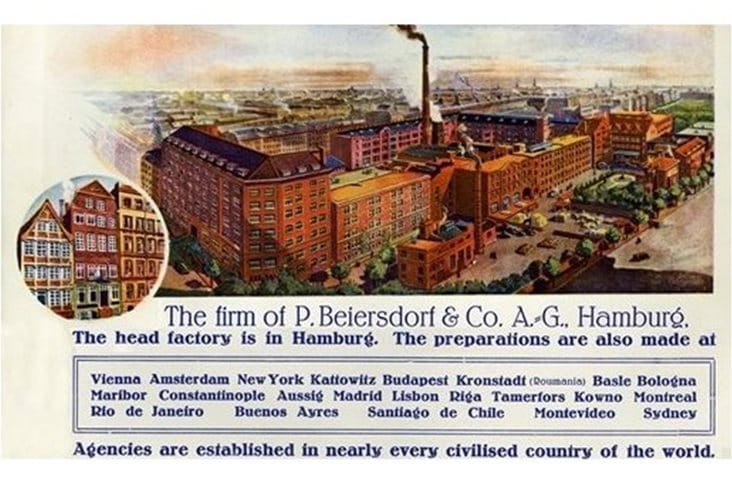
Beiersdorf had already achieved a certain international name recognition even before the young pharmacist Dr. Oscar Troplowitz purchased Paul C. Beiersdorf’s laboratory in 1890. Numerous doctors and pharmacists from around the world became aware of Beiersdorf’s products thanks to the scientific works published by Prof. Paul Gerson Unna, who had worked with Beiersdorf ever since the Company was founded. Orders arrived and were dealt with individually by Paul C. Beiersdorf and his eight employees.






